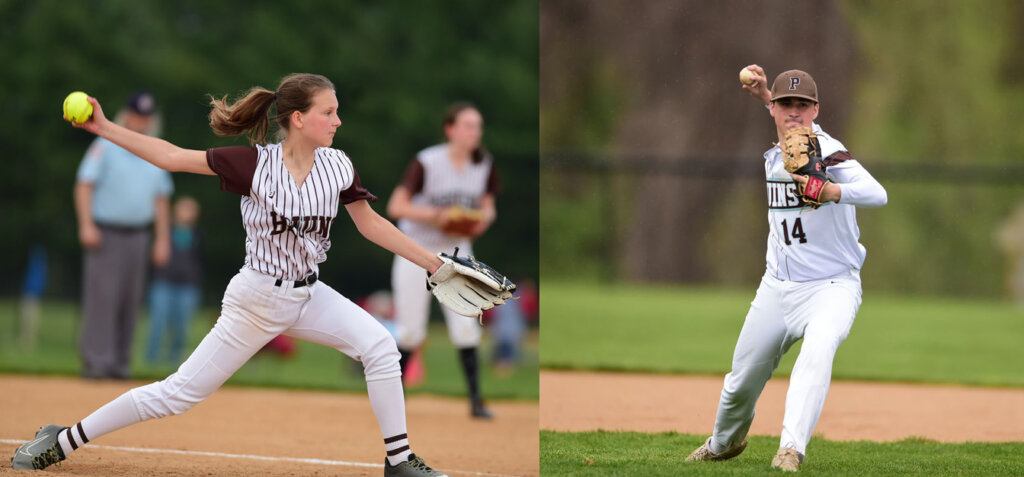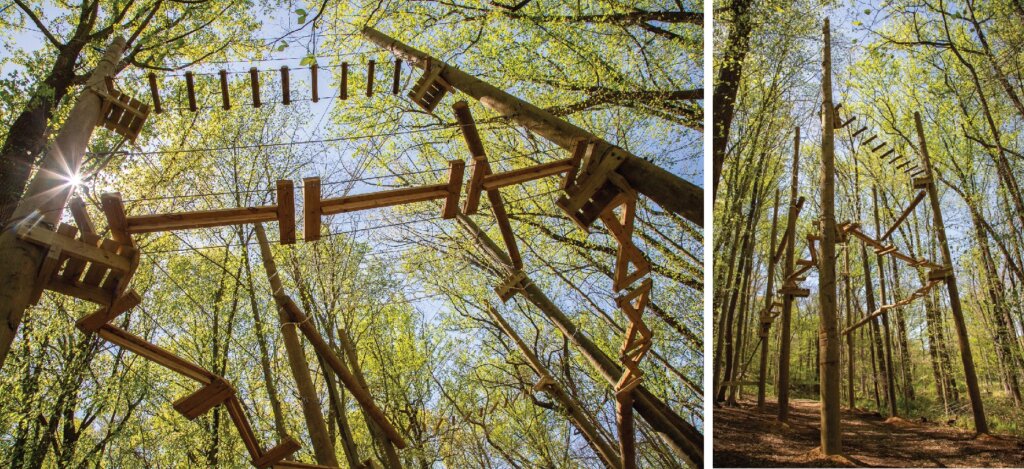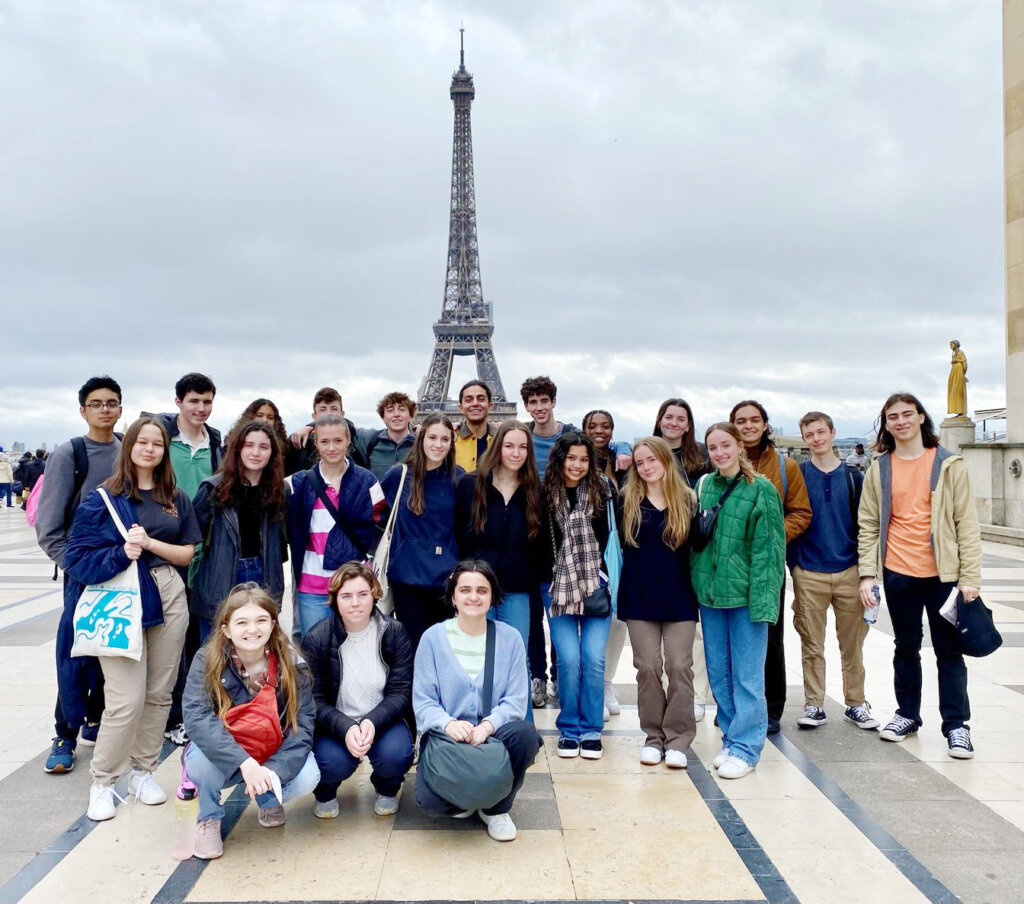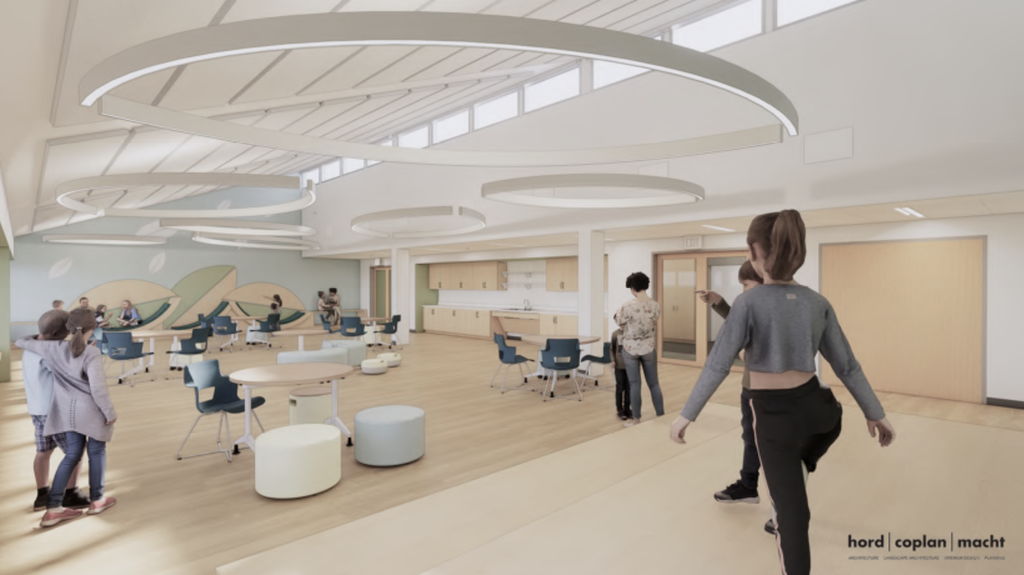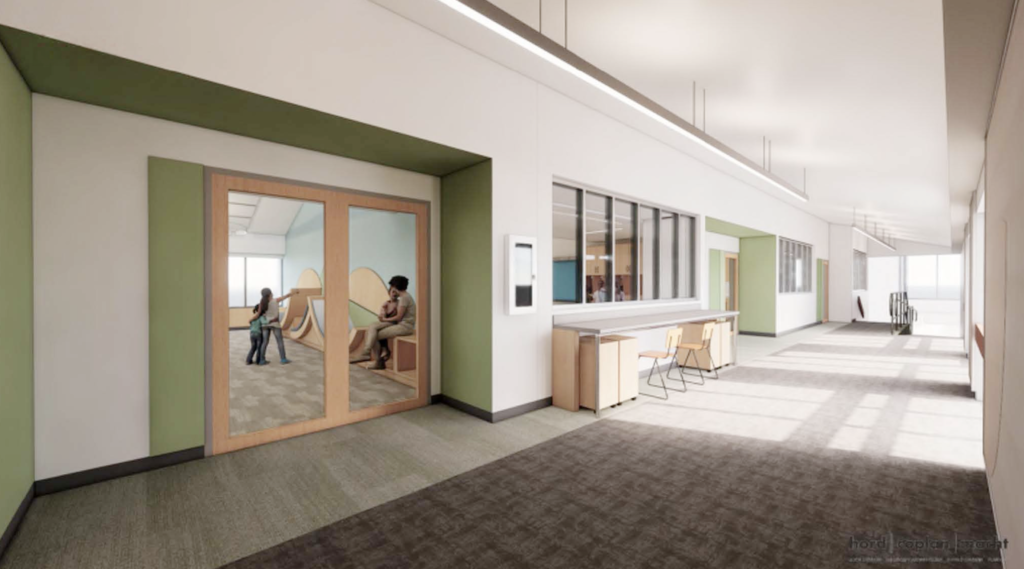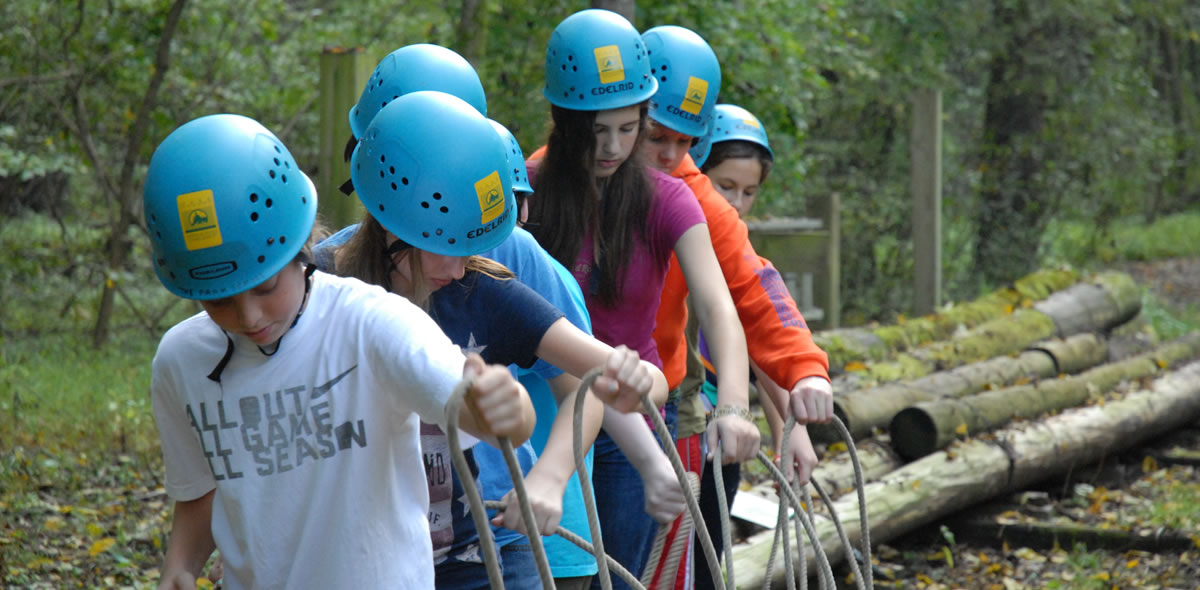First Grade
At Park, we know that children learn best when they are active participants in their own education and when skills and knowledge are grounded in a meaningful context.
Language Arts
Recognizing that different aspects of language—including oral language, reading, writing, and visual representation—develop in conjunction with each other, our language arts curriculum encourages first graders to grow in all of these areas.
Reading
Careful selection of rich and relevant literature, interactive read-alouds, and opportunities to discuss and share books as a whole group and in reading partnerships are important components that build a community of learners who become passionate readers. Because children range from emergent to more advanced in their reading skills, teachers guide individual readers in selecting independent reading books that are “just right” for them and regularly meet one-on-one and in small groups to teach phonetic skills and provide tailored instruction for advancing decoding and comprehension. This approach is supported by the Science of Reading, a body of longitudinal and evidence-based research of best practices.
Writing
First graders engage in an authentic Writers’ Workshop with ample opportunities to be inspired, write and draw, share, give and receive feedback, and polish their writing for publication. Mini-lessons encourage the development of good writing habits, encoding (translating spoken language into written language) skills, crafting techniques, and conventions of writing. Writers explore a wide range of genres including memoir, biography, “How To” books, “All About” books, poetry, letter-writing, lists, and opinion pieces.
Word Study
First graders love building, sorting, and playing with words. Regular word study sharpens their awareness of sound and symbol relationships, builds recognition of the interrelatedness of words, teaches spelling rules, and creates a strong foundation for readers, writers, and spellers. Learners apply analytical thinking strategies like “using known words to figure out new words.” A better understanding of the mechanics of language leads to productive reading and writing.
Library
First grade students have library once a week. Students learn the basics of how to use the library, and at the beginning of each class, enjoy a story selected by the librarian. They experiment with choosing books that reflect their passions and suit their reading levels. It is the beginning of their own personal, self-directed education — an education fueled by their interests.
Mathematics
First grade primarily uses the math curriculum Investigations in Number, Data, and Space, supplementing with many other rich math experiences, games, and explorations. The grade one math curriculum includes:
- Building number sense
- Addition, subtraction, and early algebraic thinking
- Geometry
- Data collection and analysis
- Measurement
- Story problems
- Place Value and Groups of Ten
A spiraling curriculum gives children multiple opportunities to conceptualize, build, and deepen their understanding of mathematics. By introducing genuine contexts for exploring mathematical situations, children take on the role of mathematicians rather than simply learners of math.
Music
First grade is where the journey of musical literacy begins, serving as a foundational experience for young learners. In this vibrant environment, students embark on a playful exploration of music by learning to read basic notation, which introduces them to the building blocks of musical language. While playing simple instruments, participating in interactive games, and expressing themselves through movement, children develop an appreciation for rhythm, melody, and harmony. This dynamic and immersive approach fosters their musical skills and enhances their overall cognitive and social development, setting the stage for a lifelong connection to music.
Our music program actively seeks to represent a wide range of musical traditions, genres, and cultures, ensuring that students are exposed to a rich tapestry of global sounds and perspectives. This approach fosters a learning environment where every student’s voice is valued, encourages critical thinking about cultural narratives, and supports a more equitable representation of all communities in the music curriculum.
Physical Education
In first grade physical education, students concentrate on building and refining fundamental movement skills, body and spatial awareness, and locomotor skills through diverse physical activities. They engage in a range of exercises designed to enhance fitness, coordination, and teamwork. Drills and lead-up activities reinforce these skills, fostering students’ growth and proficiency. By participating in these activities, students are encouraged to remain active, improve their endurance, and develop essential communication and cooperation skills, all while enjoying the process of learning and physical engagement.
Science
As in math, the study of science emphasizes the development of process skills: observing, classifying, communicating, inferring, interpreting data, and making predictions. How do we find out about our world? How do scientists work? What processes are responsible for life’s unity and diversity? What makes objects move the way they do? How are organisms structured to ensure efficiency and survival? These are the questions that first grade students consider. The Park campus is an ideal laboratory for scientific study. Students explore the stream, woods, and Lower School garden, collecting and identifying botanical specimens or bringing organisms back to classrooms for further study. In the first grade, students investigate Space Systems, explore predator-prey relationships, experiment with forces and movement, learn how their bodies work, explore the seasonal life cycles of different organisms, and problem-solve during engineering design challenges.
Spanish
First-grade students explore the language and many distinct cultures of the Spanish-speaking world through themes that often connect with the classroom curriculum. Classes explore self and families, seasons in the garden, farms and their relationship to our food, and insects, among other topics. Students act in plays and skits, cook culturally relevant food, engage in crafts, and learn traditional songs and games. The Spanish teacher develops a safe and comfortable classroom environment where young children are encouraged to take risks as they experiment with their developing vocabulary and begin to make comparisons across cultures.
Technology
In order to help students use technical tools to enhance learning and increase creativity, the technology coordinator integrates and incorporates themes, skills, and content from homerooms and other special area classes. First-grade instruction begins with the introduction to basic vocabulary and operations such as maneuvering the mouse and trackpad, logging in and out, saving, and printing. Students learn the key concepts of digital citizenship using lessons from the Common Sense K-12 Digital Citizenship Curriculum. Typing skills develop in the middle of the first-grade year and instruction continues throughout the later grades. Students are taught to use Seesaw for digital portfolios and collaboration with teachers and classmates. First-grade students create their first Google Docs to add pictures, words, and simple formatting skills. Students also use iPads for drawing and capturing images. In addition, students play many games and use programs related to patterns and codes, such as Code.org and ScratchJr., and learn about basic programming concepts that support their math curriculum. Lastly, students begin their journey with robotics starting in first grade with Botley Robots.
Theme Studies, Social Studies, History
First graders walk the path from “me” to “we.” We celebrate what makes each of us unique, explore our similarities and differences, learn how to be active participants in a caring and democratic learning community, and engage with the world outside of the classroom to widen our perspective, deepen our learning, and make positive change.
Our social studies work is inspired by scholar Michael Holquist’s quote: “We are unique but we are never alone. I can see things you can’t see, and you can see things I cannot see. We must try to see what is there together.”
Theme studies are woven throughout the first grade curriculum. Four metaphors guide us as we gain a deeper understanding of ourselves, our classroom community, and our connections with the larger community:
- A magnifying glass allows us to look closely. We begin by exploring our unique selves, sharing aspects of our identities that make us similar and different, learning communication skills, and working together to build a classroom culture based on mutual respect and cooperation.
- Windows and mirrors allow us to recognize that people have different perspectives.
- By exploring literature and other forms of media that represent all forms of diversity, engaging in dynamic activities, and interacting with people in our community, we notice as individuals how some experiences are “mirrors,” reflecting familiar aspects of our own lives, and some experiences are “windows,” giving us a new or widened view of the world.
- “Walking in someone else’s shoes” allows us to develop empathy. Acting out role plays to explore social situations in the classroom and immersing in a biography from the point of view of the person being studied are two ways we stretch our imaginations to both see and feel the perspectives of others.
Visual Arts
First-grade art revolves around art elements of line, shape, color, form, and texture. All art processes are interwoven within these significant concepts. Artists are encouraged to think more purposefully about composition. The Studio Habits of Mind are referenced, e.g. envisioning how a piece might look, engaging and persisting to solve creative problems and following through with an idea, or observing carefully to notice beyond the ordinary.
Students are encouraged to recognize that artwork will change during the creative process, and understand that artists benefit from sharing and discussing their artwork with others. Art vocabulary is presented for each art project and clean-up is practiced and reinforced.
